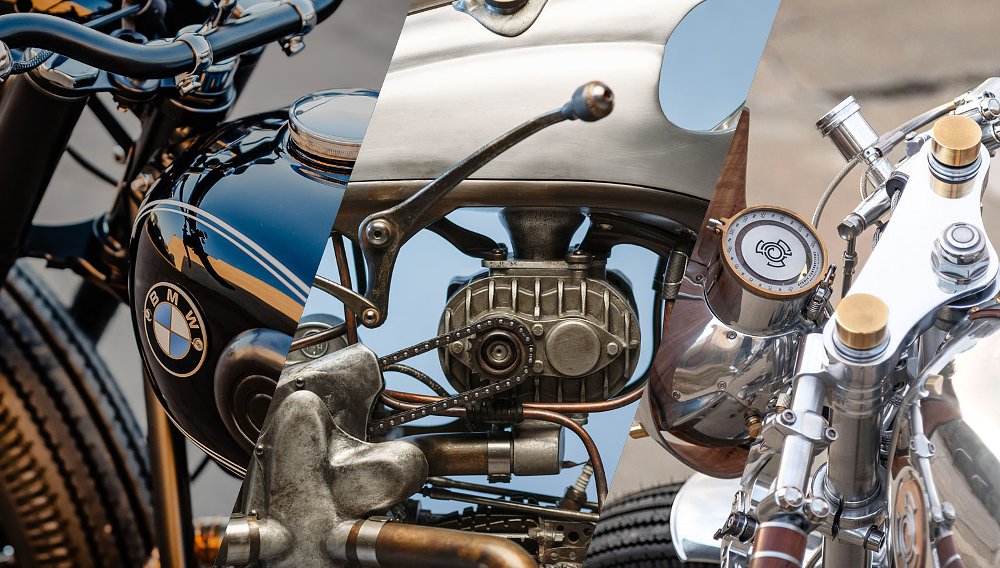Dakar-style customs are the flavor of the month for this edition of the monthly custom roundup. Two of our three featured builds take styling cues from off-road racing superstars of the 1980s and '90s, which appears to be a growing trend in the custom scene right now. Wedged between them, we've got a high-powered, hot-pink electric moped that turned many a head at Portland's The One Motorcycle Show.
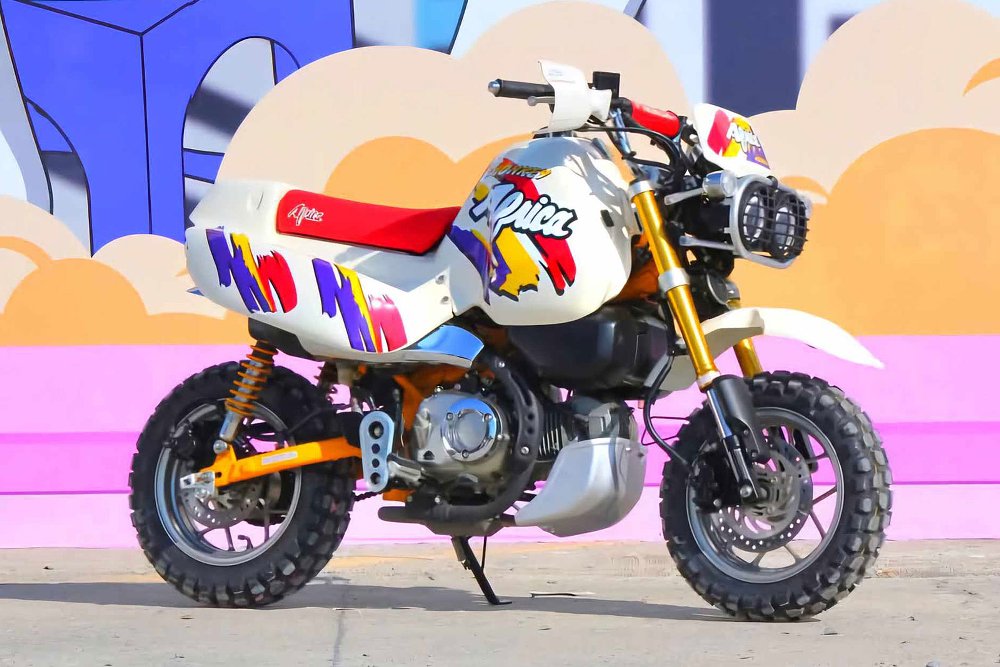
Thai Minimoto Monkey Z125 Baja Africa
Thailand-based aftermarket parts manufacturer Thai Minimoto (Instagram) has created a replica of Honda's Dakar-dominating XRV750… except one-eighth its size.
Founded in 2018, Thai Minimoto specializes in rare and hard-to-find parts, as well as high-quality aftermarket parts for pint-sized motorcycles. Among their offerings is this, the Monkey Z125 Baja Africa body kit.
"The Honda Monkey has always stood out as a unique blend of classic design and modern-day usability. The passion of Monkey owners for their bikes inspired us to develop a kit that honors the Monkey's legacy while offering a fresh, standout look for the 125 cc generation," says Thai Minimoto owner Kamolchart Pravitra. "Until now, there had never been anything similar available for the 125 cc Monkey. We wanted to bring this timeless style back, with a modern twist."
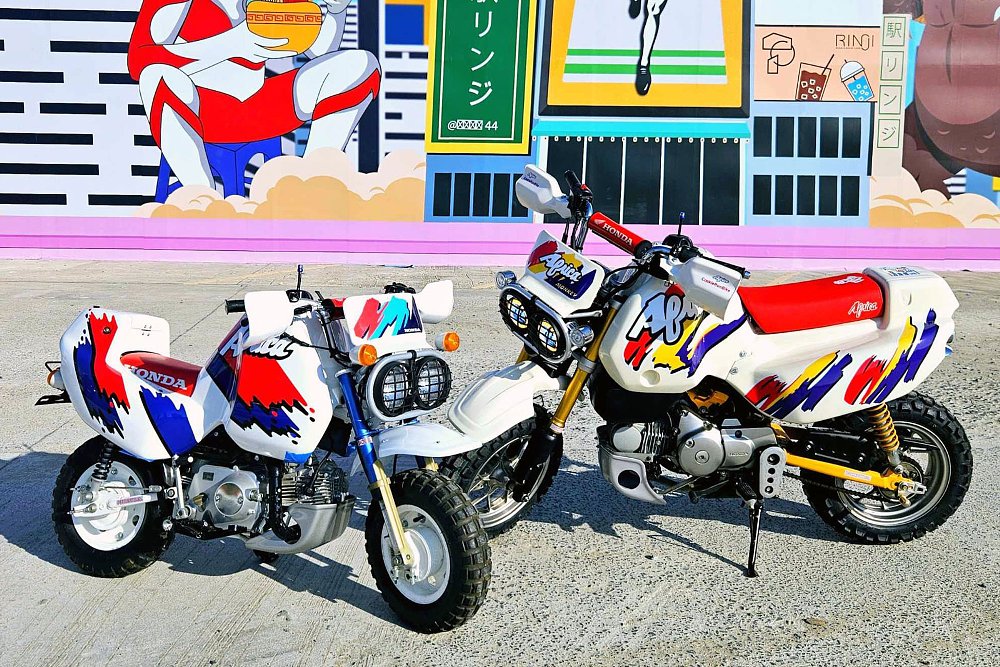
Designed for the current generation Honda Monkey, the Baja Africa kit is, in fact, a replica of a replica — modeled after a body kit that Honda Japan produced for the Z50J in 1992. Released as a somewhat tongue-in-cheek homage to the four-time Dakar Rally champion XRV, it was sold exclusively to the Japanese market. Those kits have since become collector's items and are fetching over $20,000 for well preserved examples, but finding one today is nearly impossible.
Each Thai Minimoto Z125 Baja Africa kit is constructed from ABS plastic and hand-laid fiberglass. It includes seven components: a two-piece main body (fuel tank cover and tail unit), twin LED headlights with a mounting bracket, a windshield, handguards, a removable seat, belly pan, and a front mudguard.
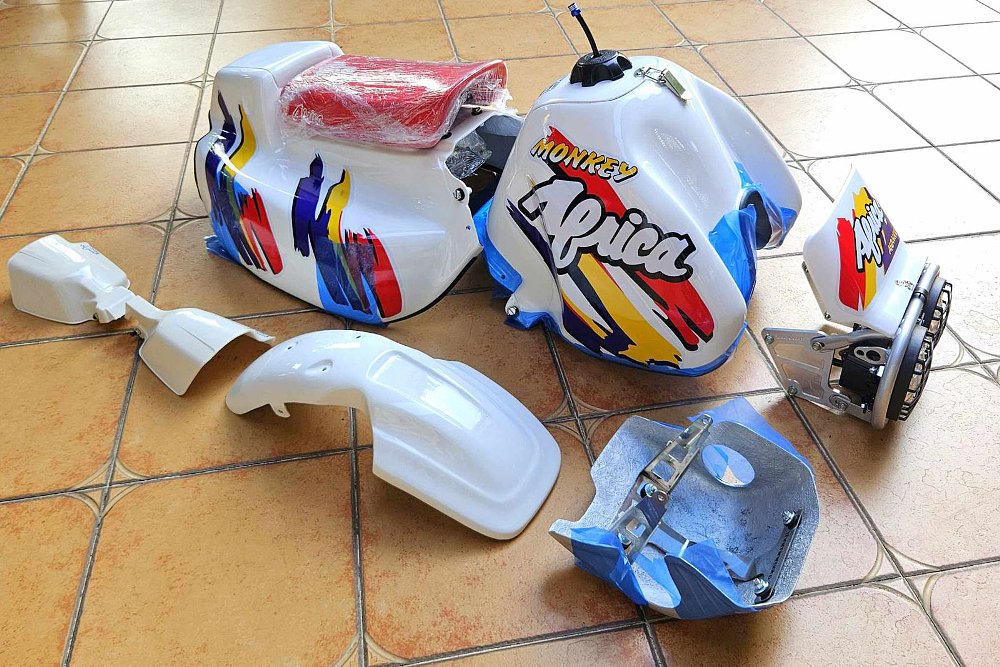
During the development of the kit, Kamolchart and his team paid special attention to the installation process of the Baja Africa kit. "It is a true plug-and-play body kit that transforms the Monkey 125 into a head-turning machine in just minutes — no cutting, no wiring, no modifications required." This approach means that owners with even basic skills and tools can fit the kit to their Monkey with relative ease.
"One of the biggest technical challenges was achieving a perfect fit for the Honda Monkey 125's frame without requiring any modifications," Kamolchart explains. "That involved several rounds of prototyping using CAD modeling and real-world testing to refine every mounting point, curve, and joint. Because the parts are plug-and-play, we had to ensure zero tolerance for error. Everything needed to line up perfectly right out of the box."
Beyond fitment, Thai Minimoto focused on the kit's performance. The kit has been made to be lightweight yet durable enough to withstand daily use and exposure to the elements. Another important consideration was making the kit cost-effective for Z125 Monkey owners outside of Thailand. This was achieved by splitting the main body into two compact pieces, which reduces the packaging size and shipping costs.
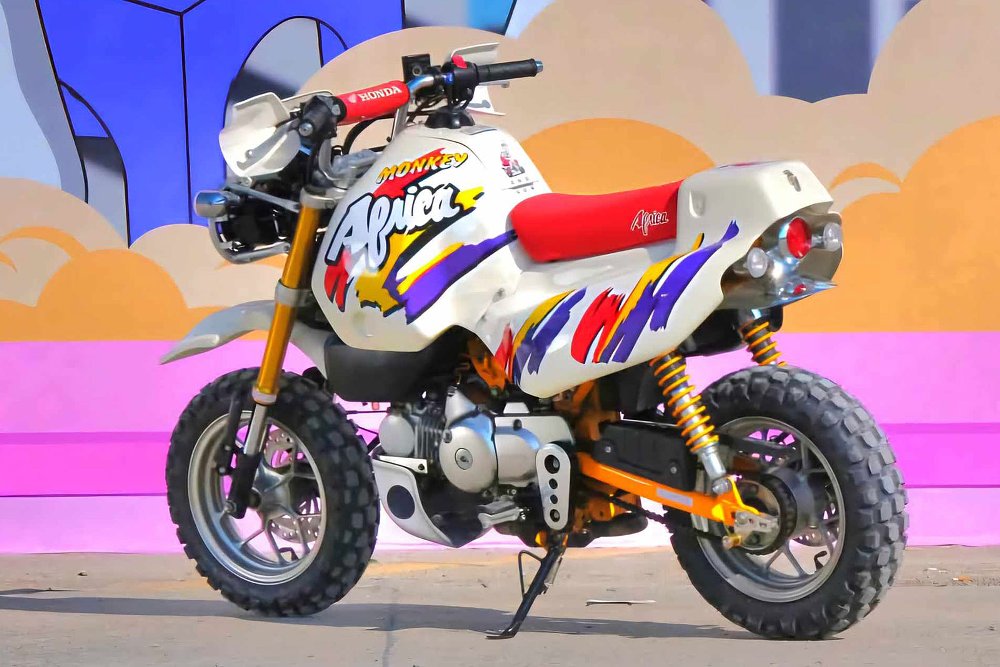
To transform your Z125 into an Africa Twin-esque custom, it'll set you back around $1,550 plus shipping. To purchase a kit, you can contact Thai Minimoto via their Facebook page. The company also offers a range of other parts for the Monkey, along with design and performance accessories for the Dax and CT125, cementing their status as a leading global resource for Honda miniMOTO enthusiasts.
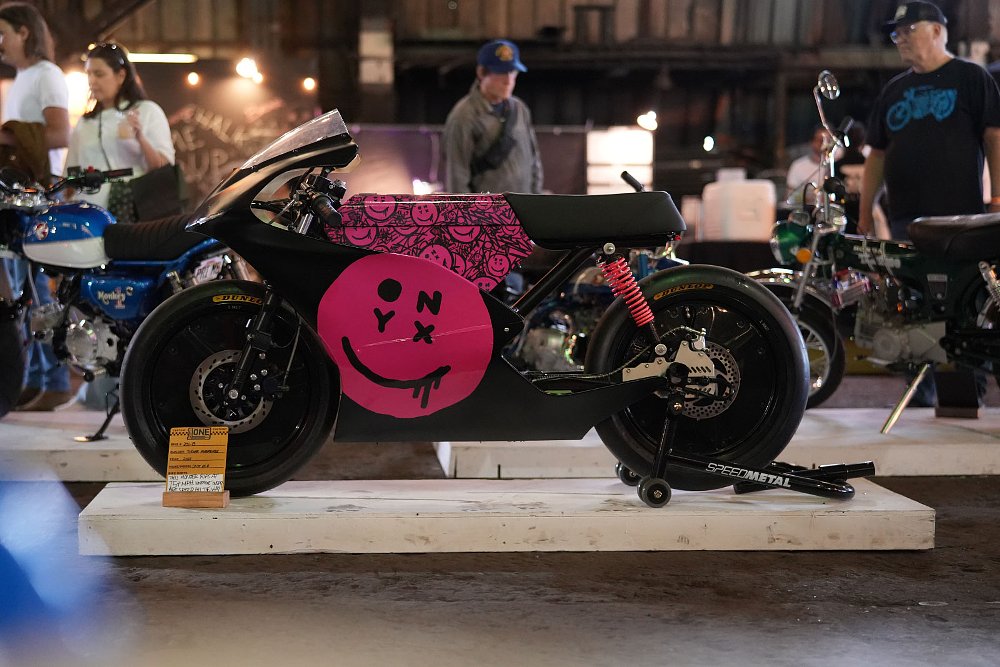
Onyx RCR E-Racer
Onyx Motors (Instagram), an electric moped manufacturer based in the Frogtown neighborhood of Los Angeles, is the brainchild of industrial designer Timothy Sewards. The idea of creating an electric moped stemmed from his love of riding two-stroke bikes and a desire for a low-maintenance, more reliable, and less messy alternative.
Onyx's flagship model, the RCR 72V, is a café-racer-style moped offering a range of up to 120 miles and a top speed of a touch over 55 mph. Tim launched the brand via a crowdfunding campaign in 2018, and this year, to further promote Onyx and showcase the RCR's customization potential, the company unveiled this one-of-a-kind build at The One Motorcycle Show in Portland.
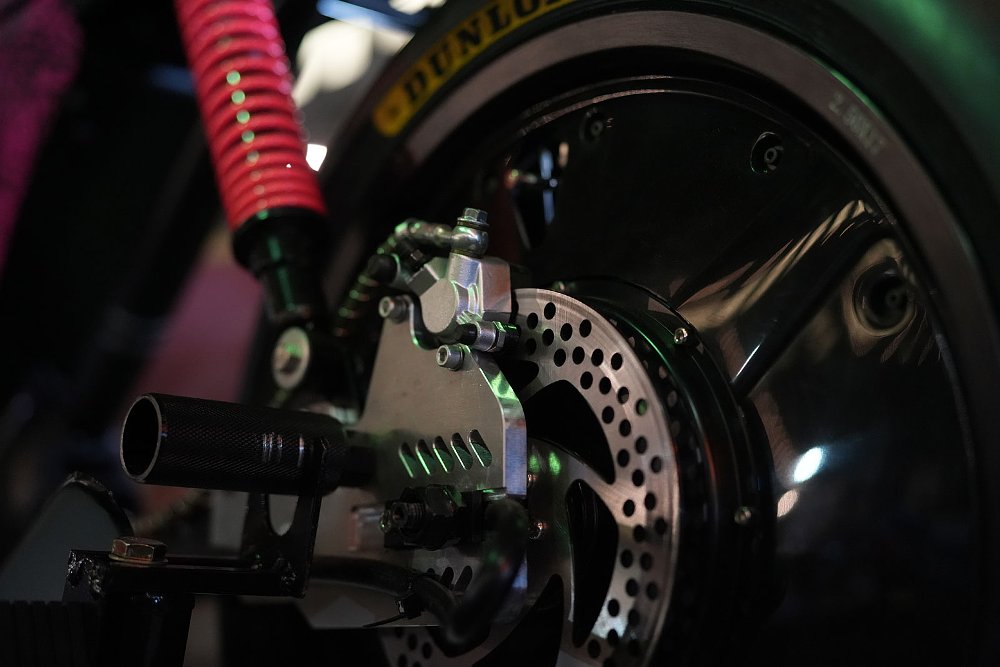
"The bike is a 2025 Onyx RCR Limited Edition model. We took the bike and heavily modified it to create this custom racing machine," says Tim. "The design was influenced by racing motorcycles of the 1950s to '90s."
At the time of commencing the project, Onyx didn't have the capability to build the bike in-house, so they teamed up with Turner Motorbikes in Eugene, Oregon, to make it happen. Departing from the stock RCR's standard naked configuration, this bike features a full front-end race fairing for improved aerodynamics. Then, hidden within the bodywork of this RCR, are a few high-tech upgrades to boost its performance. There's a higher capacity battery providing more power and an extended range, and a more powerful motor that increases its top speed to more than 75 mph.
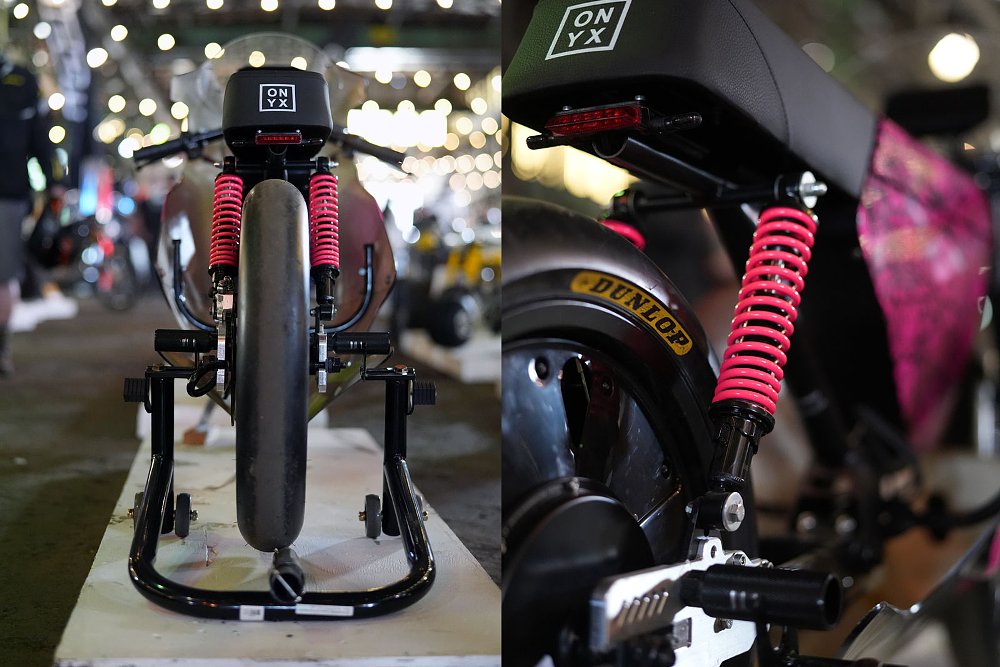
Another major upgrade is the fitment of a longer, wider swingarm, designed to accommodate track-ready Dunlop raing slicks, a move that makes this RCR truly race-ready. Recognizing an opportunity, Tim developed the swingarm as a bolt-on kit that will soon be available to Onyx customers. In addition to allowing the fitment of wider rubber, the kit replaces the stock pedals with rear-set controls and footpegs that establish a more aggressive riding position.
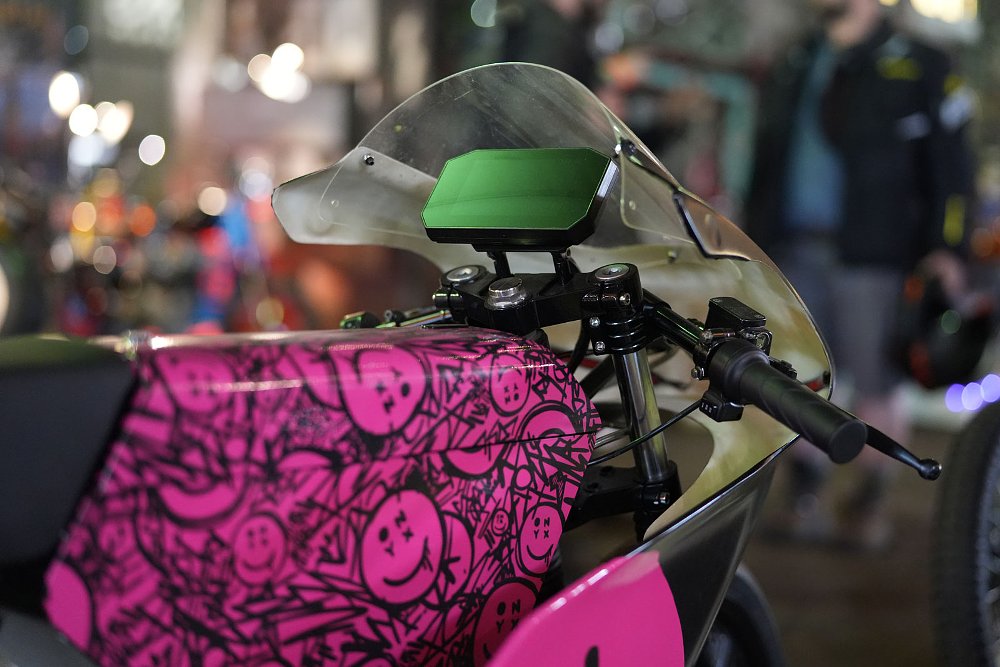
Additional standout features of the RCR Racer include a TFT touchscreen display that shows detailed performance metrics and offers Bluetooth connectivity for navigation, phone calls, and music. To complement the rear-set footpegs, the fork wears clip-on handlebars, and a performance brake system has been integrated into the hub motor to handle the increase in power. Completing the new look is a bold livery consisting of hot pink Onyx graphics over a gloss black base.
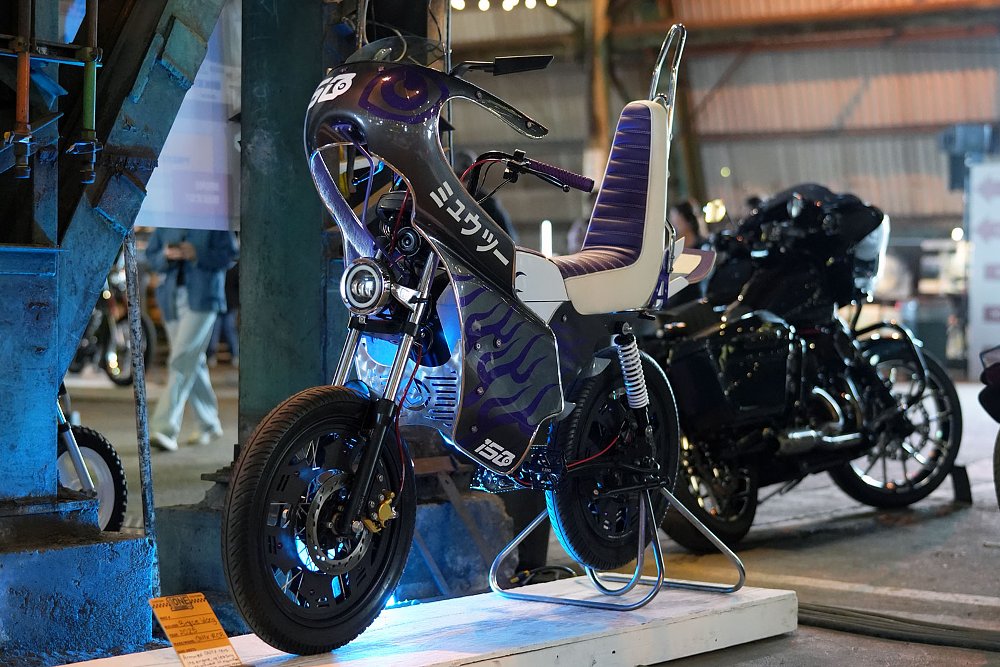
The RCR Racer wasn't the only head-turner Onyx showcased in Portland. Sharing the spotlight was a purple-flamed, Bosozoku-inspired RCR build (pictured above), proof that Onyx isn't afraid to go well outside the box with their custom projects.
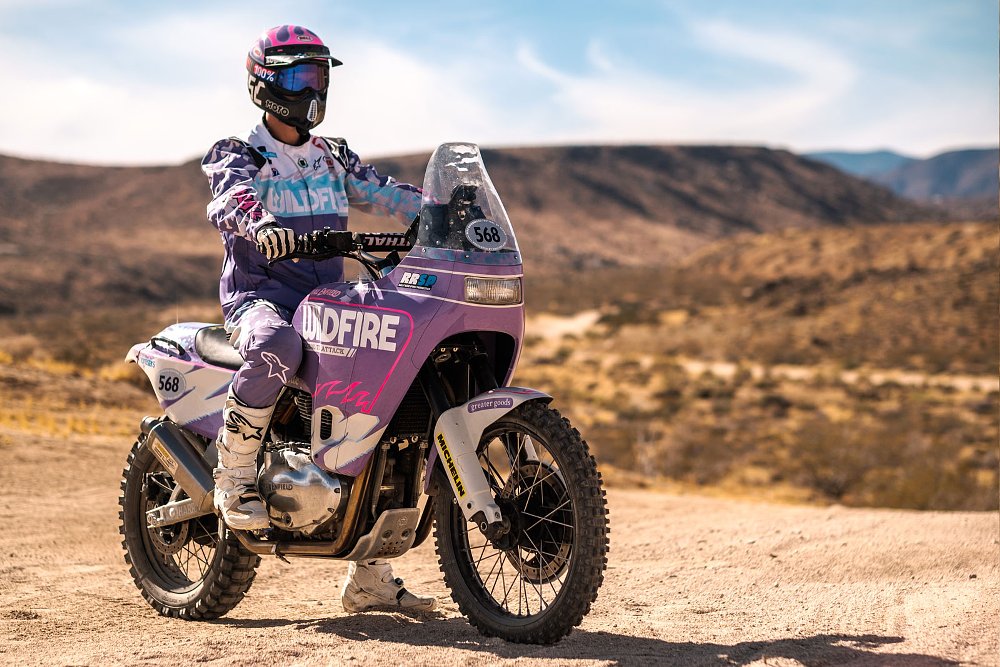
Death Spray Custom x Royal Enfield Wildfire
Royal Enfield continues to lead the charge in the custom motorcycle scene, unveiling yet another custom 650 twin project. This time, the Indian manufacturer has teamed up with contemporary artist David Gwyther, aka Death Spray Custom. David's impressive portfolio includes paintwork for Ken Block's Gymkhana 10 Ford F-150, livery design for WRC racer Oliver Solberg, and collaborations with Automobili Amos, Alpinestars x NASCAR, 100%, and Bell Helmets.
"I grew up on a diet of BMX and Rally cars," David explains. "I usually paint using the same techniques and materials as auto paints. I also love vehicles, motor and cycle sport, so this influences a lot of my work. The Enfield team approached me about creating a one-off bike, and the initial conversations made it clear there were no limitations to the possibilities. What was cool about this was that I was effectively given carte blanche with the project."
With complete freedom to take this project in whatever direction he saw fit, David started with his choice of motorcycle. "I opted for the Interceptor 650 as the basis; its powerplant is super strong and tunable," he says. As for the design concept, he wanted to create a motorcycle that was a hat tip to the machines from Dakar's golden era of the late 1980s and early '90s. But his idea wasn't just to build a motorcycle that looked like those iconic machines; he wanted to create one that was similar in other ways. "I set some conceptual guidelines that we worked within," he says. "Using tech from that era, so strictly no modern LED lighting, ideally RWU forks and basic electronics."
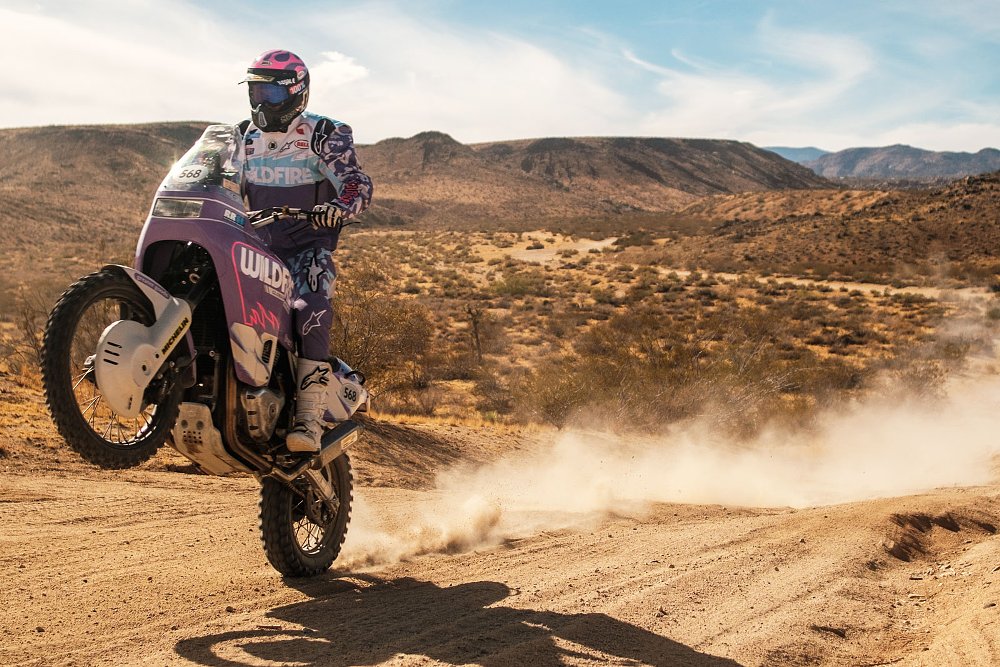
To translate David's Dakar-inspired vision into reality, Royal Enfield's custom build coordinator, Ian Tam, took the lead. Ian and his team began by stripping a 2024 Interceptor down and reworking the chassis to fit its intended purpose. The front-end now boasts a 27-degree rake and 115 millimeters (4.5 inches) of trail, with a Showa fork mounted in custom triple clamps offering 200 mm (7.9 inches) of travel. A 21-inch front wheel completes the off-road setup. At the rear, a monoshock conversion with a custom alloy swingarm and Öhlins shock also delivers 200 mm (7.9 inches) of travel. David also fine-tuned the ergonomics with purposeful high-mount custom footpegs and a Renthal handlebar.
The bodywork, which was a design collaboration between David and Royal Enfield, has been 3D printed. Its retro Dakar styling influences are unmistakable, radically transforming the Interceptor's silhouette. Highlights of the design include the integrated front brake disc cover, which blends seamlessly into the fender, and the integration of the lighting into the bodywork. Looking beneath the body panels reveals a custom 21-liter (5.5-gallon) aluminum fuel cell for extended off-road range.
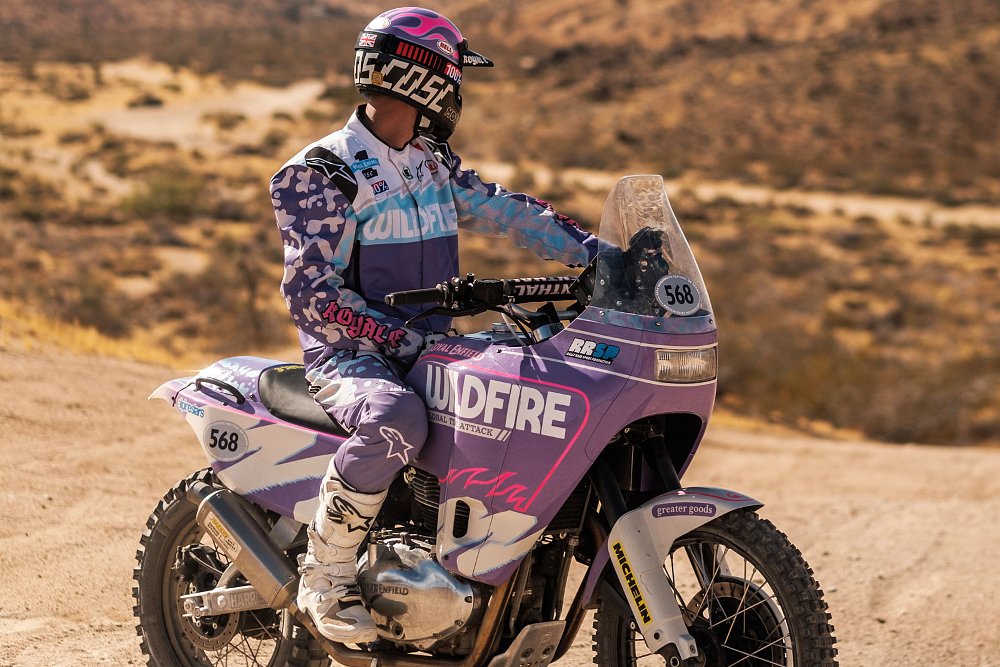
To match the bike's radical new look with real performance, the Enfield team left no stone unturned. The parallel twin now has a displacement of 865 cc, thanks to an S&S big bore kit. Combined with a mild cam, the engine delivers a linear powerband ideal for off-road use. A Rekluse clutch ensures steadfast transitions in power and torque. The intake features a custom two-into-one manifold and ITG foam filter, tucked beneath a quick-release panel atop the tank for easy trail-side servicing. Exhaust duties are handled by a two-into-two mandrel-bent stainless system capped with stainless mufflers. A fully programmable ECU ups the redline to 8,500 rpm and optimizes fueling. To manage engine temps in slower technical terrain, an ECU-controlled Spal fan cools a larger aftermarket oil cooler.
Naturally, the livery is pure Death Spray Custom. "The base color was chosen to give RE its own motorsport identity, in the same way red means Honda or yellow means Suzuki," David explains. "Early '90s Supercross livery and maximalist apparel were huge inspirations. The branding and design, like most of my work, boils down to a satire of consumerism, delivered by the absurdity of motorsport sponsorship. 'Wildfire' is a reference to the spread of forces against the planet. While it may seem counterintuitive to some, if you like motorsport, bikes, outdoor gnarly shit, you should be at the front of the queue looking after the land we use. You'll see lines like Global Time Attack and Overmode on the bike as well, which now, with my explanation, seem obvious what they mean."
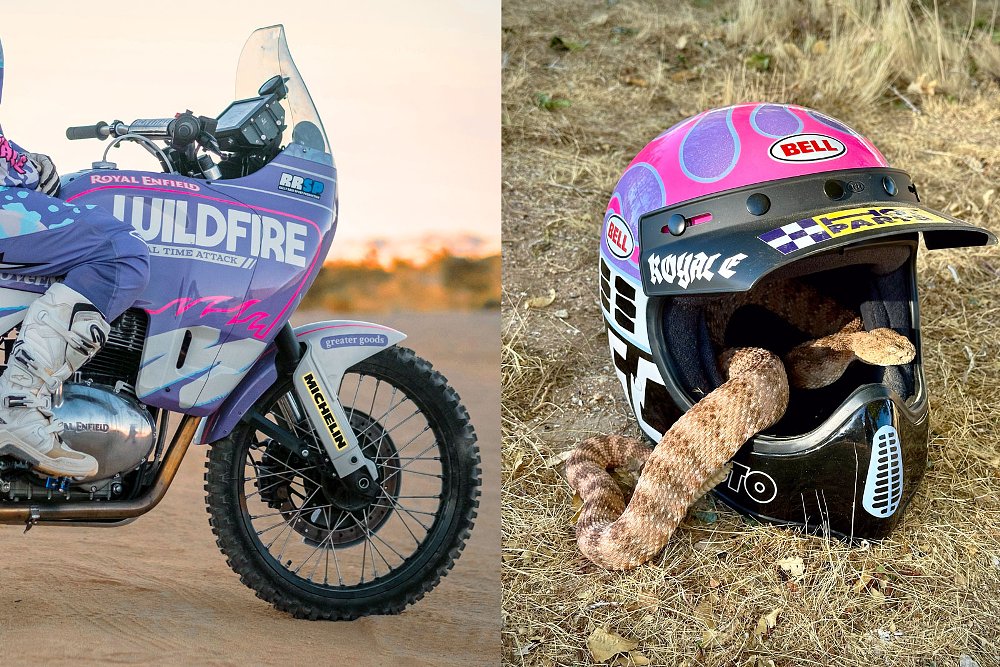
Capping off this radical transformation is a modern Dakar-spec riding suit by Alpinestars and a hand-painted, custom-modified Bell Moto 3 decked out in David's artwork. Staying true to his analog style guide for this project, David painted all the bodywork and the helmet entirely by hand.


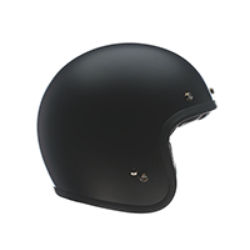

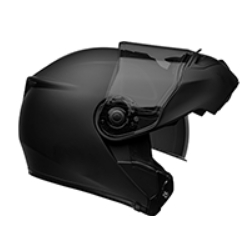

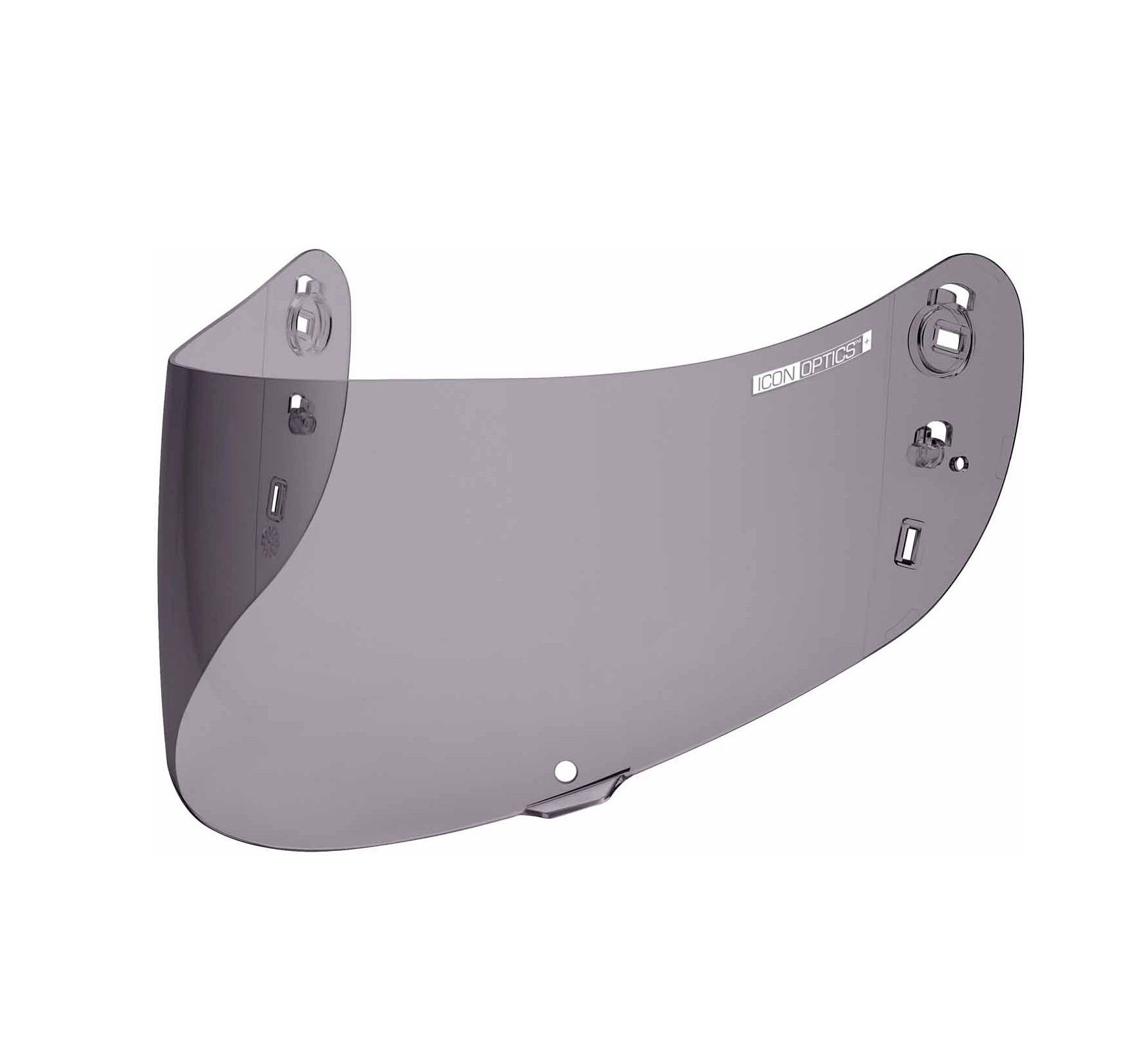
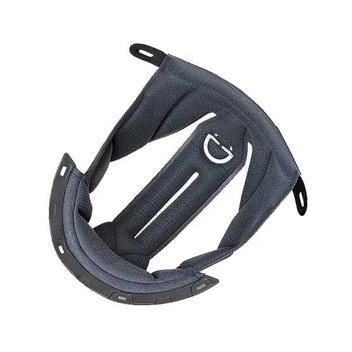
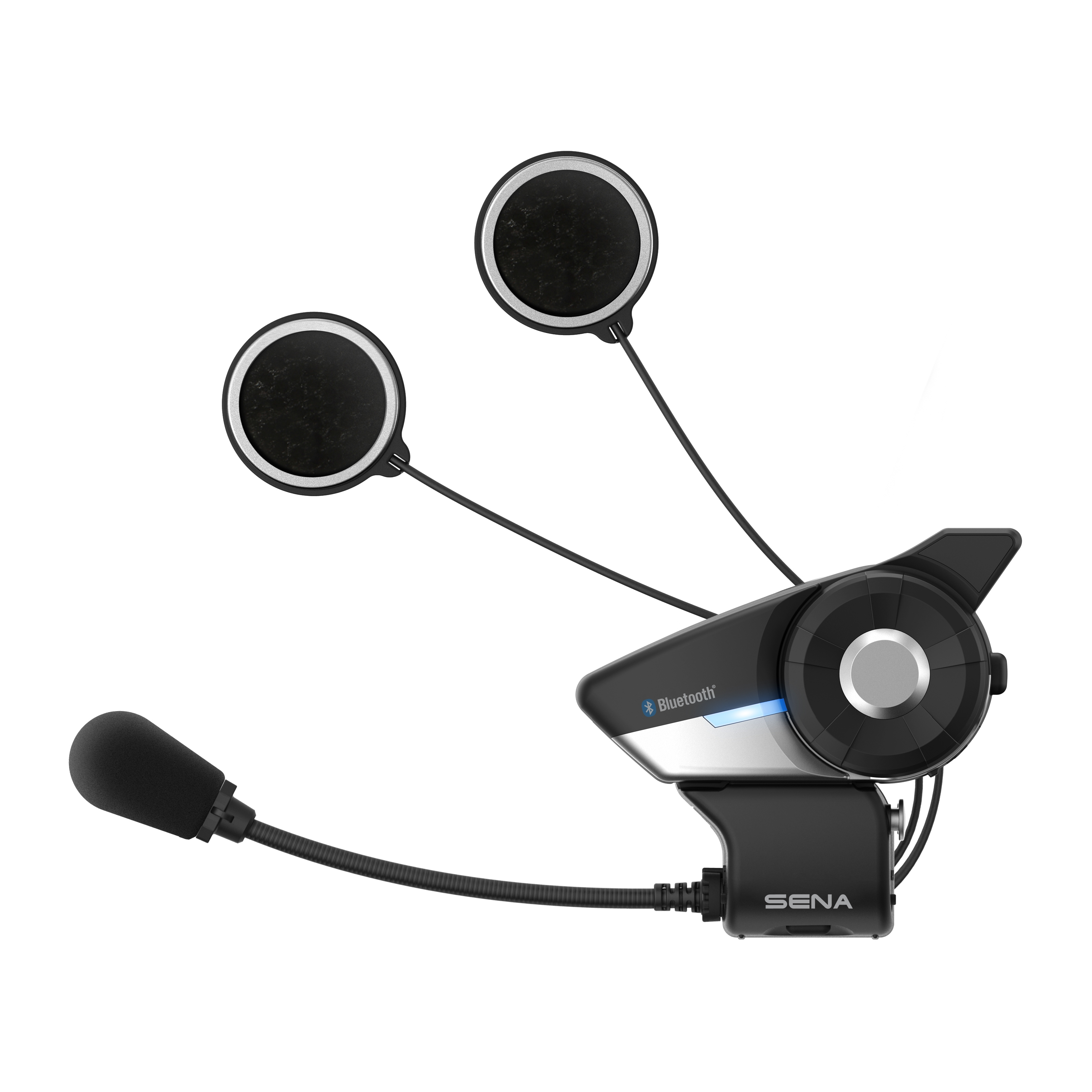
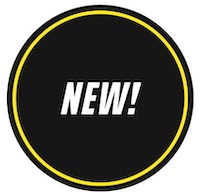

 Membership
Membership










